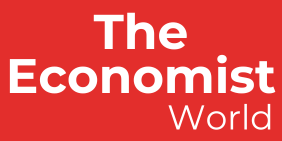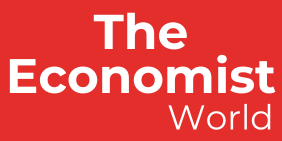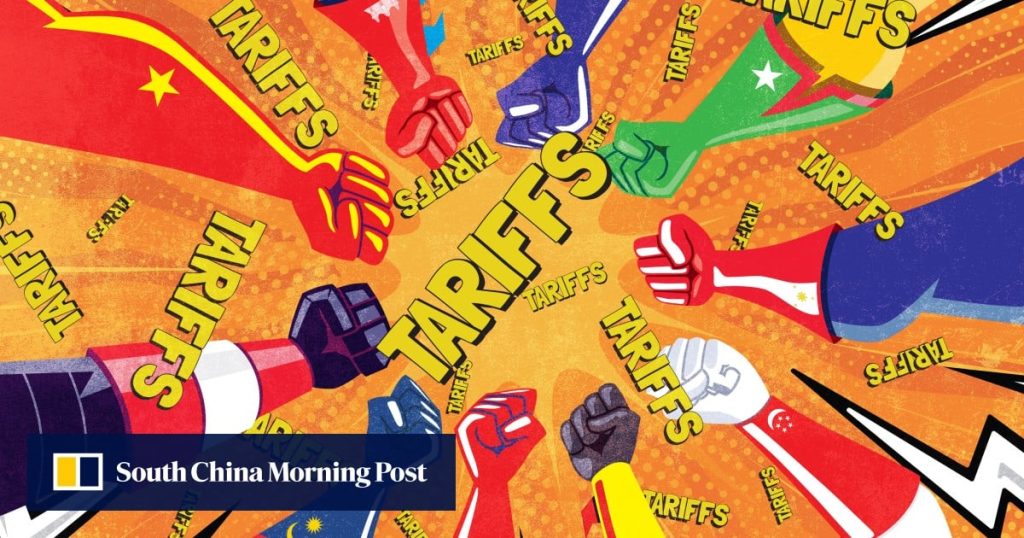As the world reels from Donald Trump’s zigzagging trade strategy, Asean finds itself struggling to mount a unified response – exposing a lack of collective clout and putting the Southeast Asian bloc’s member states on the defensive.
By Wednesday, however, these levies had been paused for 90 days, replaced by a universal 10 per cent rate for all countries except China. Meanwhile, the tax on Chinese imports to the United States was raised to over 125 per cent – adding to the earlier US tariffs that were already in place.
For Southeast Asia, the temporary pause on Washington’s “reciprocal” levies offers some limited breathing room, but the threat of economic upheaval still looms over the region. Observers expect a frantic scramble to secure US trade negotiations in the coming weeks and months.
While markets across Asia rallied in response to Wednesday’s brief tariff reprieve, analysts warned that the storm was far from over. For members of the Association of Southeast Asian Nations, the choice appears stark: negotiate with Washington individually, or diversify their economies – a strategy that could push them further into China’s economic orbit.
Malaysia, as Asean chair, called last weekend for “a united regional front” against Trump’s tariff onslaught – but this collective response is unlikely to go much beyond a joint statement, according to Alexander Vuving, a professor at the Asia-Pacific Centre for Security Studies in Hawaii.


